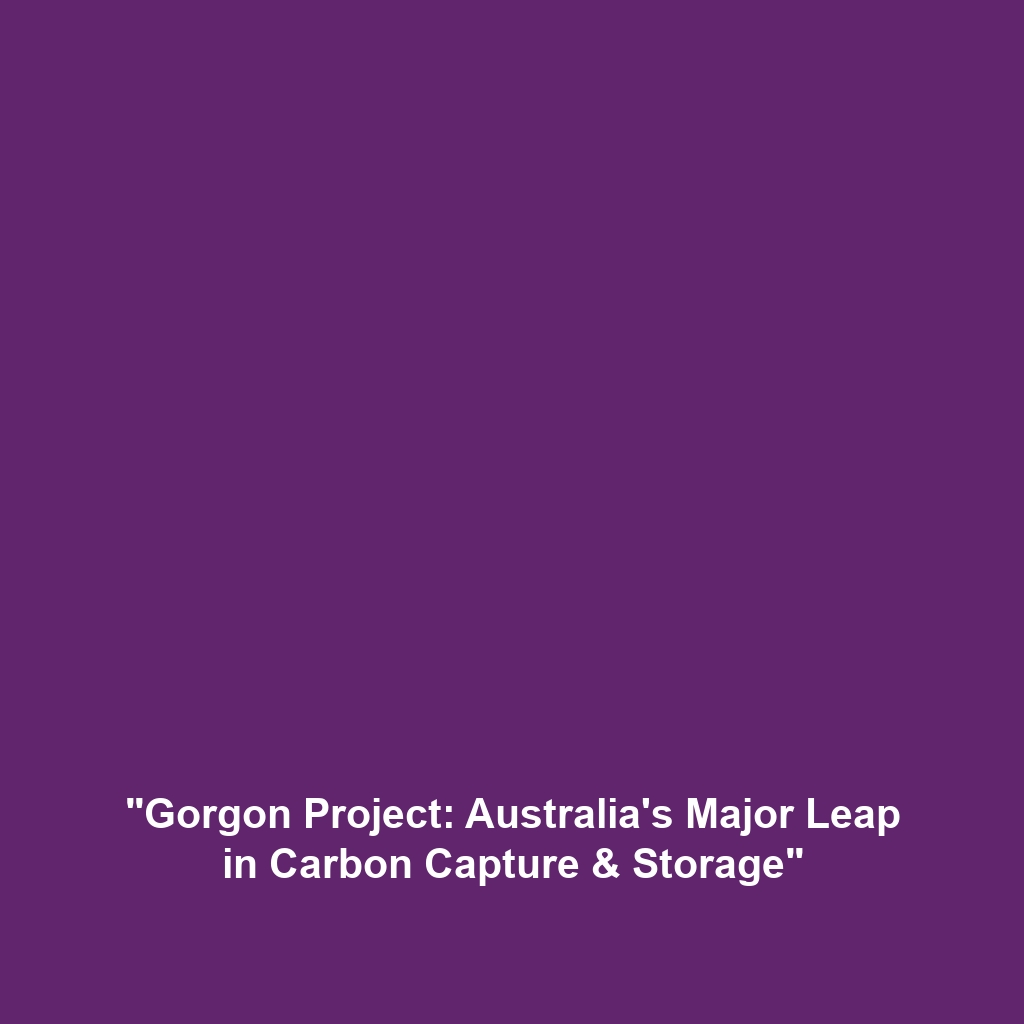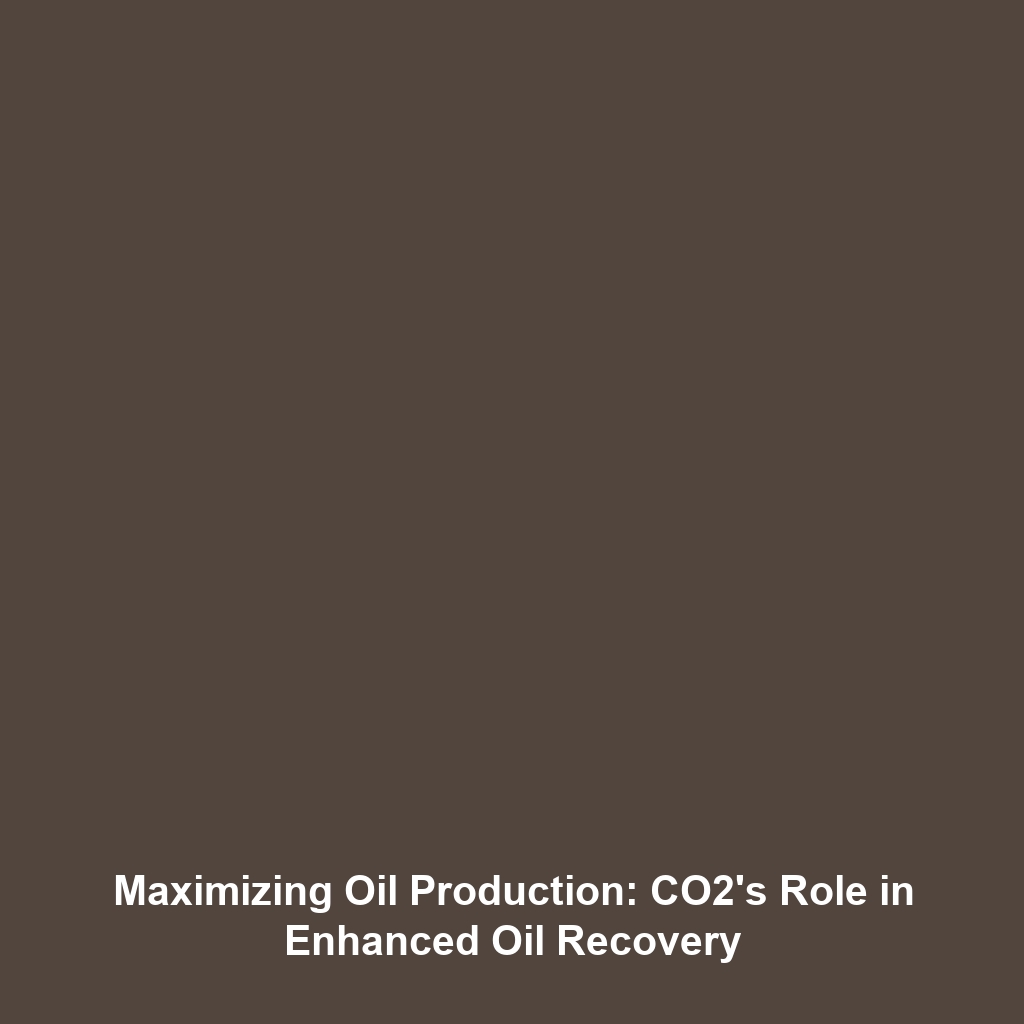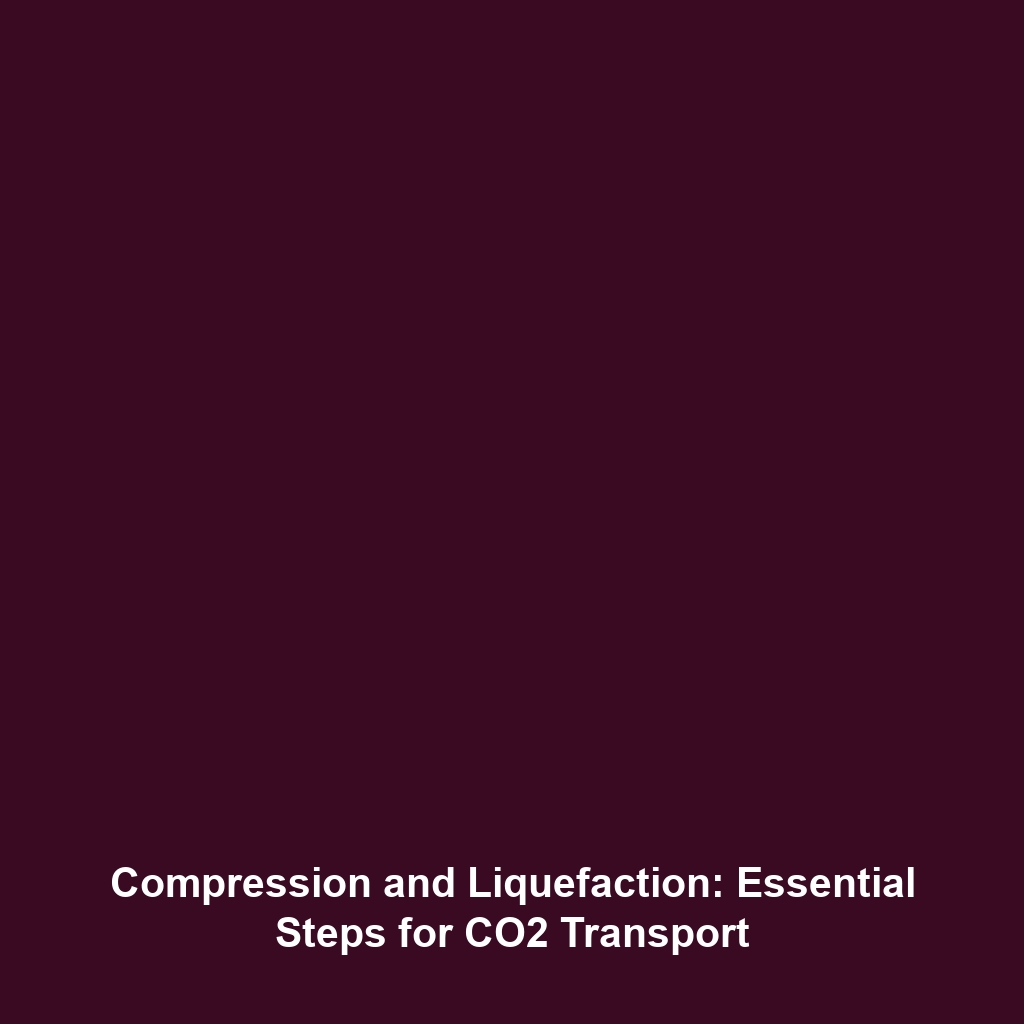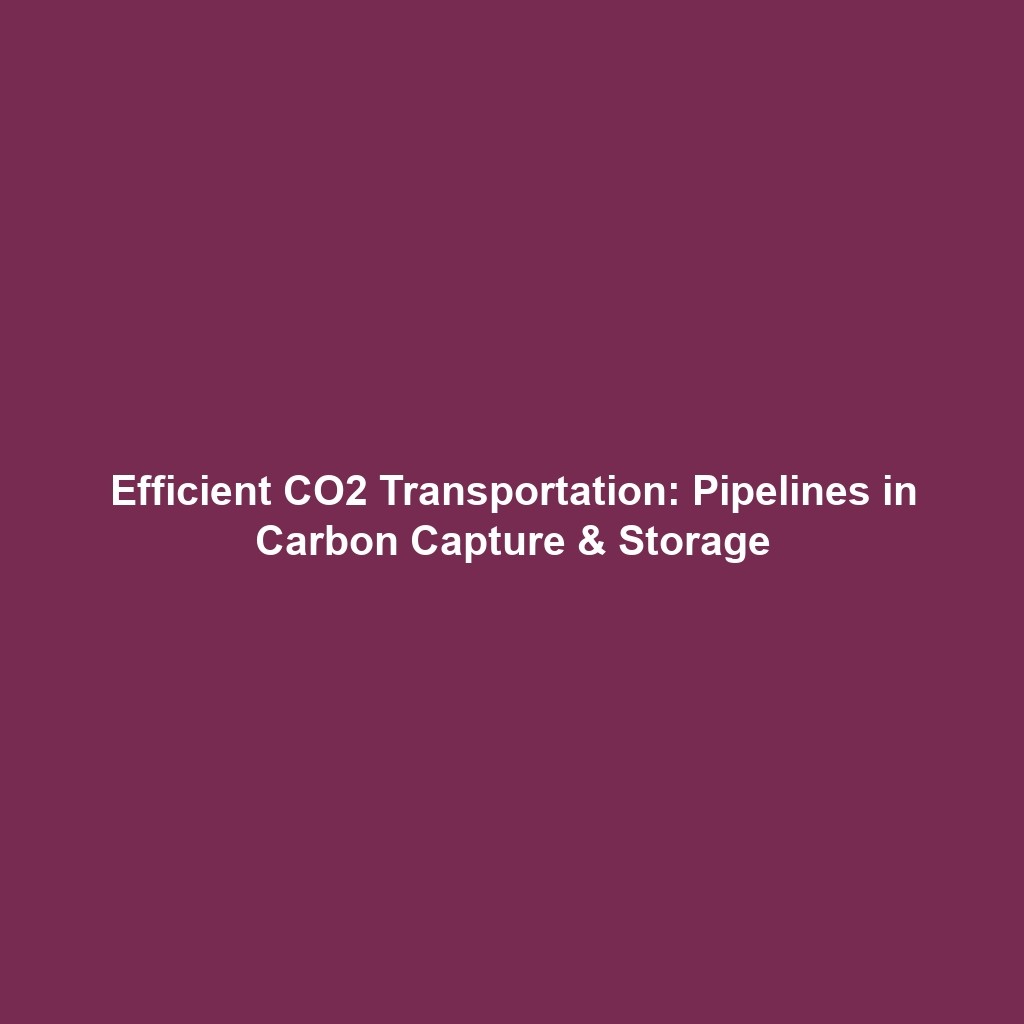Government Subsidies and Support: Funding and Regulatory Frameworks to Promote CCS
Introduction
Government subsidies and support play a crucial role in the advancement of Carbon Capture & Storage (CCS) technologies. As global concerns about climate change escalate, effective funding and regulatory frameworks become essential to facilitate the deployment of CCS, which captures carbon dioxide emissions and stores them underground to mitigate climate impacts. By understanding the significance of government intervention, stakeholders can better appreciate how these measures are integral to promoting a low-carbon economy and achieving international climate goals.
Key Concepts
Government subsidies and support encompass a range of financial incentives, regulatory frameworks, and policies designed to promote the development and implementation of CCS technologies. Here are some major concepts associated with this topic:
Funding Mechanisms
Funding for CCS can include grants, tax credits, and low-interest loans that encourage private sector investment in carbon capture projects. These mechanisms can lower the financial risk associated with developing new technologies.
Regulatory Frameworks
Regulatory frameworks provide guidelines and standards for CCS operations, ensuring safety and environmental protection. They also create a clear pathway for project developers to obtain permitting and follow compliance measures.
Applications and Real-World Uses
Understanding how government subsidies and support are applied in the realm of Carbon Capture & Storage (CCS) is vital for recognizing their real-world benefits. Notable applications include:
- Enhanced Oil Recovery (EOR): In some regions, captured CO2 is used in EOR processes, bolstering oil production while storing carbon underground.
- Industrial Capture Facilities: Government support has been pivotal for large-scale projects in cement and steel industries that are significant carbon emitters.
- Research and Development Initiatives: Funding for top-tier research centers drives innovation in CCS technologies and methods of incorporation into existing energy systems.
Current Challenges
Despite the promising potential of government subsidies and regulatory support for CCS, several challenges remain:
- High Initial Costs: The upfront costs of CCS projects can be prohibitive without sufficient government financing.
- Public Perception: Negative public perceptions of CCS can deter investment and support.
- Regulatory Complexities: Navigating the numerous regulations can slow down project development.
Future Research and Innovations
Advancements in technology and research are critical for the evolution of government subsidies and support systems for CCS. Future innovations might include:
- Next-Gen Capture Technologies: Emerging methods of capturing carbon more efficiently could reduce costs and increase adoption.
- Legislation Reform: Adapting regulatory frameworks to accommodate new technologies can enhance the effectiveness of subsidies.
Conclusion
In conclusion, government subsidies and support through funding and regulatory frameworks are pivotal to the success of Carbon Capture & Storage (CCS) technologies. As nations strive to meet climate targets, these strategies will support innovation and deployment in the sector. Stakeholders are encouraged to engage with policymakers to enhance these frameworks and ensure robust support for the CCS agenda. For more information on related topics, check our articles on climate policy and green technologies.








